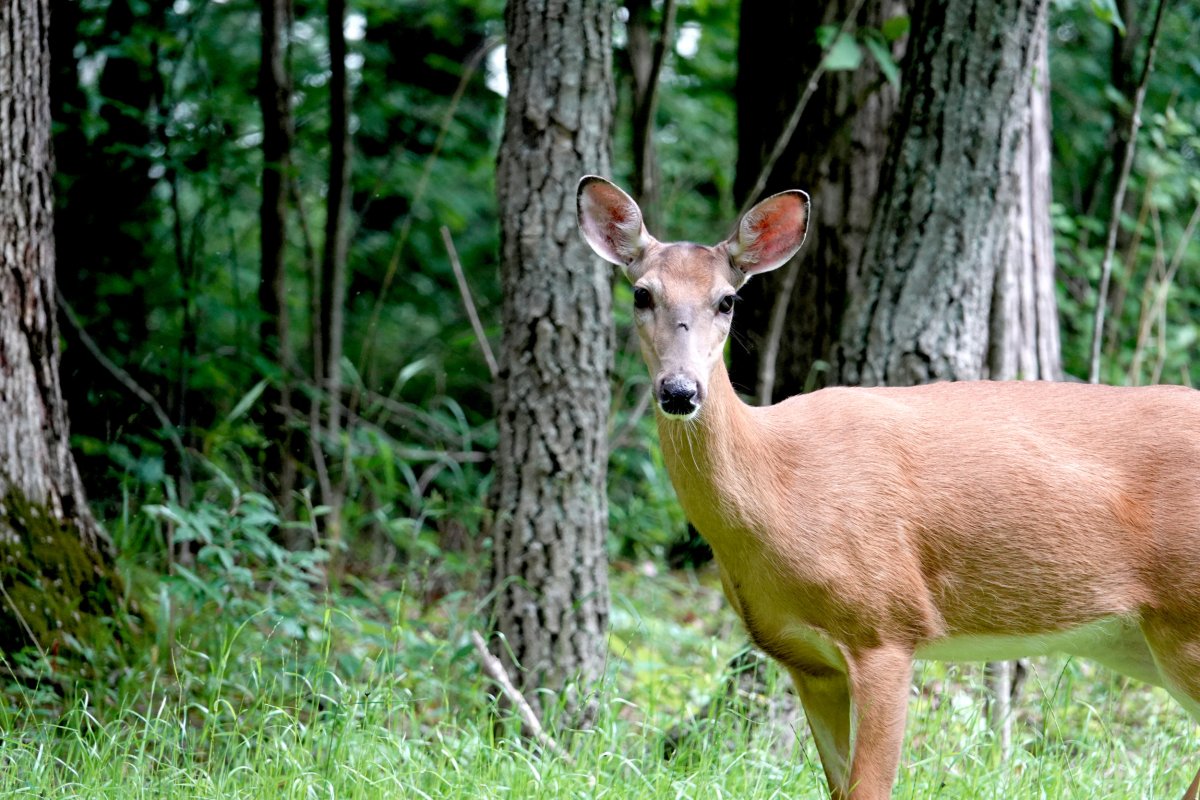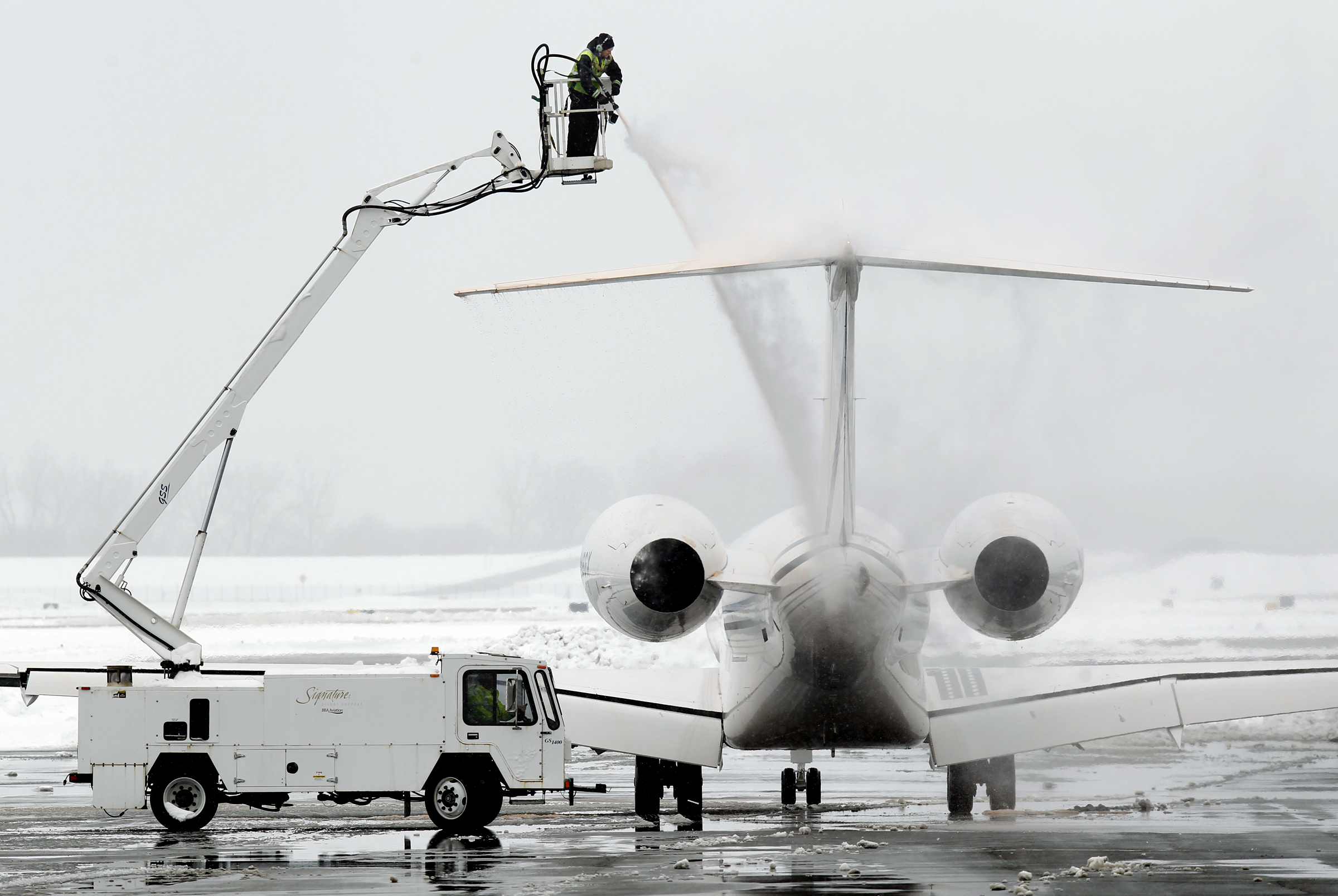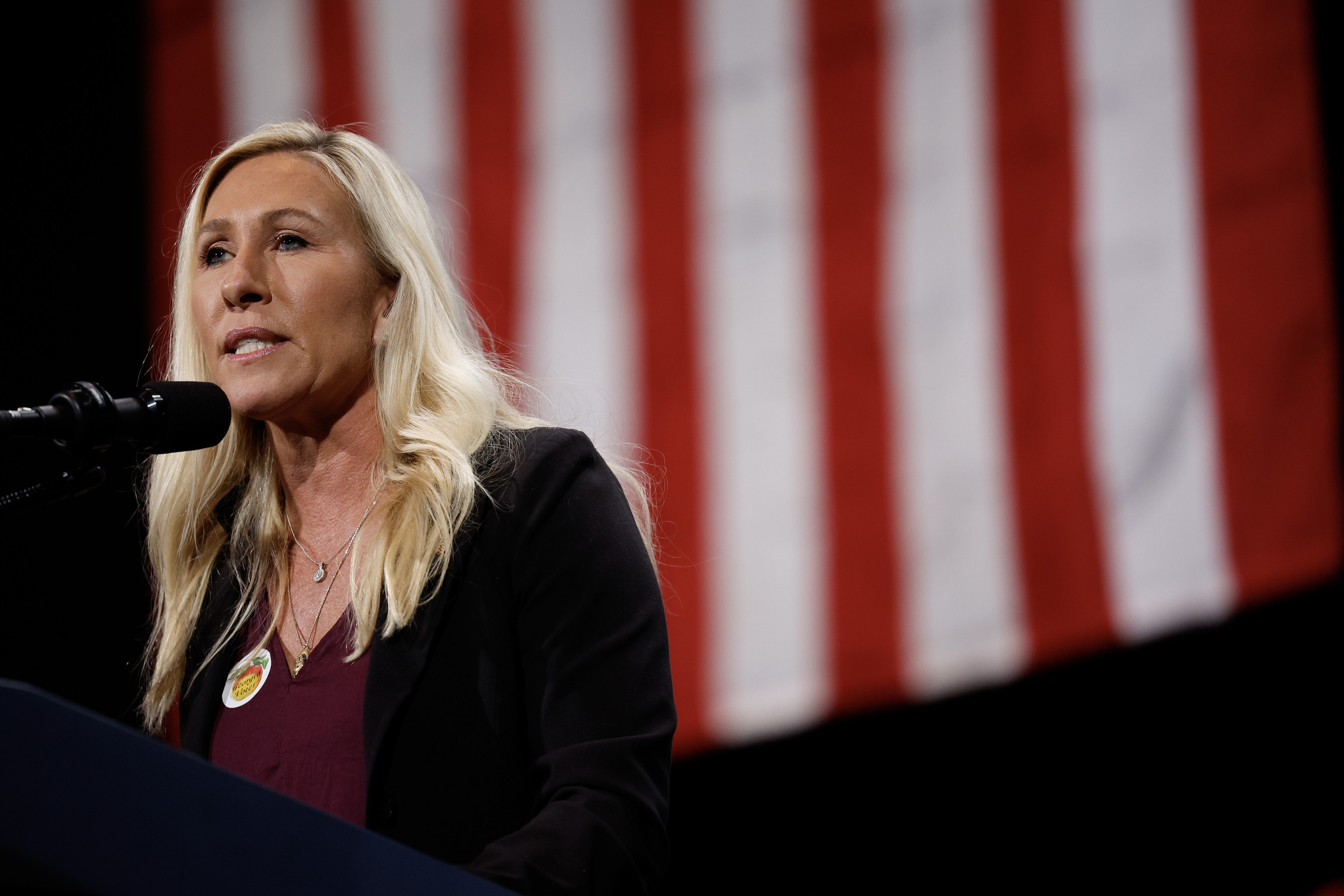As Michigan's firearm deer season approaches next month, state wildlife officials are making an urgent appeal to hunters: help control the state's burgeoning deer population by targeting does.
The Michigan Department of Natural Resources (DNR) is implementing new regulations and incentives to encourage antlerless deer harvests across much of the Lower Peninsula, where expanding herds are increasingly causing car crashes, spreading disease and damaging agricultural crops.
"We're asking more hunters to try to target antlerless deer, or does, because throughout much of the state we've been seeing an increase in our deer population," Chad Fedewa, the acting DNR deer, elk and moose management specialist, told Newsweek. "In the absence of a lot of natural predators, hunting is the tool to manage deer populations in the state of Michigan and other places as well."
The situation has reached a critical point, with state officials estimating Michigan's deer population at approximately 2 million—double the number from the 1940s, when wildlife managers already considered overpopulation a concern. Burgeoning deer populations cause significant problems for the natural environment and human populations.

"We're seeing a lot of forest regeneration issues because deer eat everything on the forest floor so new trees can't grow, and we see a lot of deer car accidents," Fedewa said.
In 2022 alone, Michigan saw 58,000 vehicle-deer crashes in rural, suburban and city settings.
The majority of these deer are concentrated in the southern Lower Peninsula, close to human population centers. The Upper Peninsula, by contrast, faces more complex population dynamics, with some areas actually experiencing deer scarcity.
A clear indicator of overpopulation is the appearance of forests where tree branches are bare up to about six feet from the ground. This phenomenon, known as a "browse line," occurs when deer overgraze, stripping away all vegetation within their reach.
The surge in deer population can be attributed to several converging factors. Hunter numbers have declined significantly, with only 527,000 hunters out last year—about 270,000 fewer than in the late 1990s.
Suburban expansion has created an ideal deer habitat while limiting hunting access, and climate change has led to milder winters that improve deer survival rates.
Adding to the challenge, Michigan hunters take 1.3 bucks for every doe, the highest ratio in the Great Lakes region.
In response, the DNR has introduced several changes for the 2024–25 season. The urban archery season has been extended to seven additional counties, and traditional muzzleloading season now allows all legal firearms.
The department has also expanded public land hunting opportunities during early and late antlerless seasons and created a special extended late antlerless season in the southern Lower Peninsula running from January 2-12.
To make hunting more accessible, they've introduced a new $5 discounted antlerless license.
"We're also trying to encourage folks to take more deer if they're able to. We have some programs where they can donate deer and venison, which will get processed at no charge to them and donated to food pantries and food banks," Fedewa said.
With hunter numbers expected to continue to fall in the coming years, it remains unclear how effective the new messaging and regulations will be.
Fedewa added: "Hunter numbers and deer numbers go in opposite directions at this point, and with those negative impacts we see from increasing deer populations—forest regeneration, agricultural damage, car accidents—we're also seeing more issues in urban and suburban areas."
Do you have a tip on a science story that Newsweek should be covering? Do you have a question about deer hunting? Let us know via science@newsweek.com.



















:quality(85):upscale()/2024/04/24/878/n/3019466/36c5693c662965c5d1ce91.72473705_.jpg)
 English (US) ·
English (US) ·